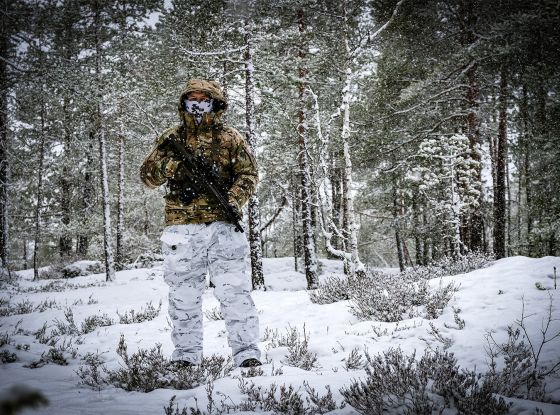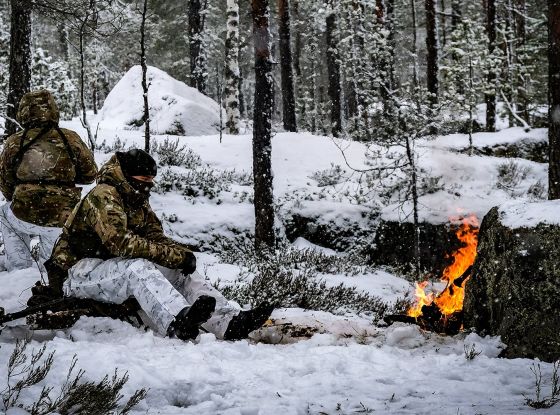The evolution of tactical shirts is a fascinating tale of technological advancement, strategic design, and practical innovation. It's a journey that takes us through the years, charting the progress that began with military uniforms of the not-to-distant past and extending to the cutting-edge tactical wear of the present.
In this blog post:
Introduction
In this blog, we'll take a look at the major developments and innovations that have made tactical shirts an indispensable part of modern combat attire. Whether you're a history enthusiast, a military gear aficionado, or simply curious about the story behind the tactical shirt you wear, you’ll appreciate this post because it tells a fascinating story about the interplay between the technology, design, and practicality that shaped the evolution of tactical shirts.
Humble Beginnings
The historical narrative of military tactical shirts finds its genesis in the heart of the 19th Century, an era when the concept of a standardised military uniform started to take hold. This period was characterised by the advent of new military strategies and the recognition of the need for practical attire on the battlefield. Because they reflected the technology and materials available at the time, early standardised military uniforms were quite rudimentary. Their design primarily prioritised visibility and identification, with the intention of distinguishing friend from foe during chaotic combat scenarios. Bold colours and distinctive insignia were often employed to make this differentiation more pronounced.
However, comfort and practicality—two features associated with modern military tactical shirts—were largely an afterthought during this period. Often, the fabrics used were heavy woollen materials, chosen for durability rather than comfort. These woollen uniforms could be stiflingly hot in summer and insufficiently warm in winter, with limited breathability adding to the discomfort.
Furthermore, mobility, a critical aspect of any combat scenario, was severely restricted by these early uniforms. The designs did not account for the wide range of movements required on the battlefield. Thus, soldiers often found themselves hindered rather than aided by their attire. In essence, these uniforms stood in stark contrast to today’s tactical shirts, which are designed to enhance performance, facilitate movement, and provide comfort in a multitude of situations and under a wide range of conditions.
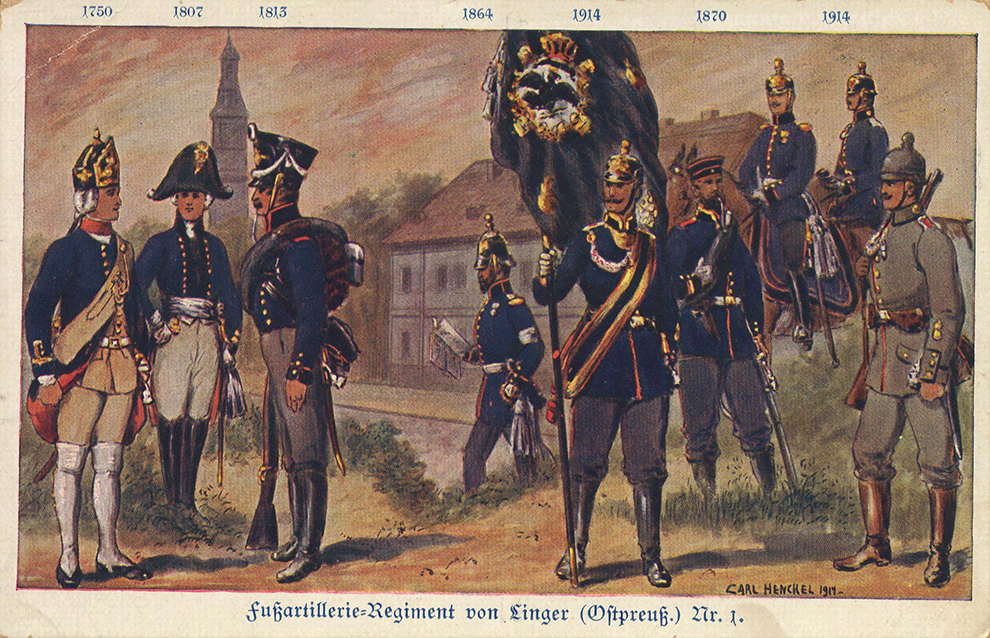
The Birth of Tactical Shirts
Fast-forwarding to the mid-20th Century, we encounter a time of major global conflict. It was during the tumultuous years of World War II and the ensuing Cold War that the first “true” tactical shirts came into existence.
Acknowledging that the limitations of past uniforms were indeed problematic, military organisations around the world began to place a greater emphasis on designing field attire for greater functionality as well as enhanced comfort. This shift in priorities gave birth to the first precursors of today's tactical shirts.
The initial iterations of modern tactical shirts represented a substantial leap forward (though they were still far from perfect). One considerable improvement over earlier uniforms was the incorporation of multiple pockets to provide more capacity to stow gear, a reflection of the need soldiers have to carry and quickly access a range of modern warfare tools on their immediate person.
In terms of materials, the mid-20th Century saw a move away from uncomfortable and restrictive woollen fabrics. In their place, materials that allowed for better ventilation and increased ease of movement were used. Comfortable cotton became a popular choice owing to its breathability and relative ease to produce and maintain.
Still, the shirts had their shortcomings. Among them were an inability to wick moisture from the wearer’s body and to adequately protect against the ravages of foul weather. Even so, these shirts marked an important step in the evolution of tactical clothing. They were a clear move away from the “one-size-fits-all" approach of past uniforms and a step toward clothing designed to meet the specific needs of soldiers deployed in many different combat scenarios.
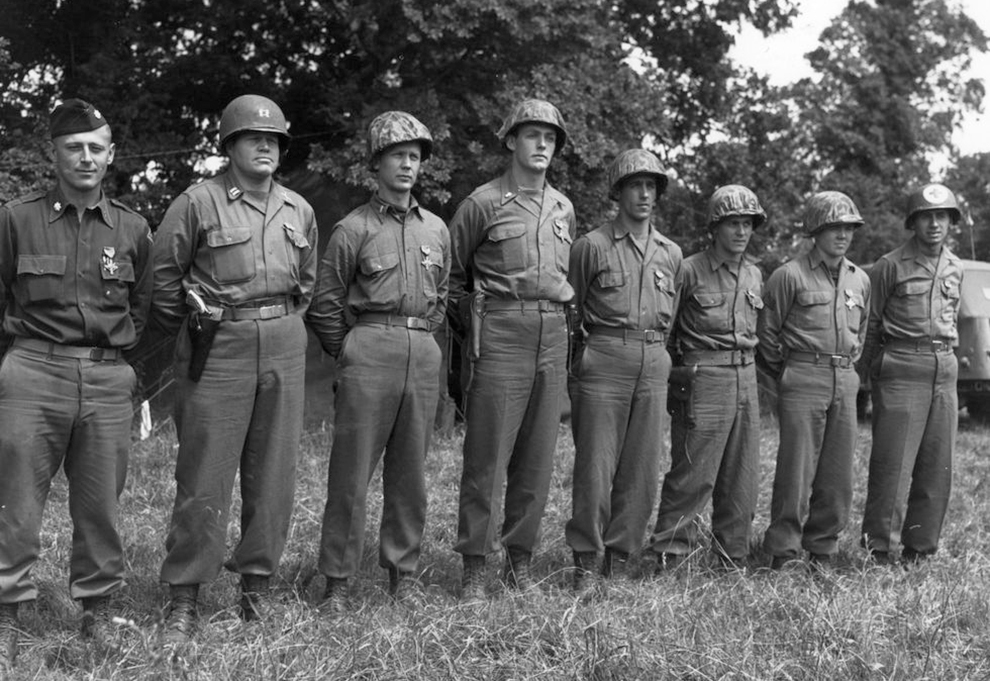
SUBSCRIBE TO UNLOCK OUR EXCLUSIVE CONTENT
Enter your email and get timely updates and relevant intel on tactical topics directly to your inbox.
You are signing up to receive updates via e-mail from which you can opt out at any time. Visit our privacy policy for more info.
Advancements and Innovations
The late 20th Century and early 21st Century witnessed myriad advancements in textile technology. With each advancement came fresh innovation in tactical wear. For example, military tactical shirts became lighter in weight, more breathable, better able to wick moisture, and less vulnerable to damage from the sun’s ultraviolet rays.
UF PRO’s lineup of combat shirts embodies these advancements. They feature blended materials including polyester, cotton ripstop, polyester/merino, and nylon mesh, all designed to provide durability, breathability, and comfort. These tactical long sleeve shirts also offer ingeniously sized and configured pockets for optimised storage of gear essentials. Additionally, they feature special slide-in pockets at the elbows to permit easy and secure housing of UF PRO® Flex Elbow Pads for reliable protection of the upper limb’s bend.
One of UF PRO’s most notable contributions to the tactical shirt landscape is the AcE Gen.2 Winter Combat Shirt. This garment is a vertible showcase of improved ventilation and thermal insulation prowess. Its impeccably blended design underlines the brand's commitment to providing functional and comfortable gear, fit for a vast array of operations.
Breathability and comfort are derived from innovative features such as ventilation zippers on the upper sleeve and UF PRO’s air/pac® inserts in the shoulders. The sleeves are ergonomically designed; hence, they’re easy to roll up. The torso consists of an abrasion-resistant knit fabric that dries remarkably fast. The armpits feature anti-odour merino/polyester fabric reinforced with a breathable nylon mesh to help the wearer feel fresh even after prolonged strenuous activity under demanding conditions.
These advancements and features make our combat shirts a testament to the evolution of tactical long-sleeve shirts. They’re at home in weather ranging from blistering hot sunny skies all the way to icy sub-zero temperatures.
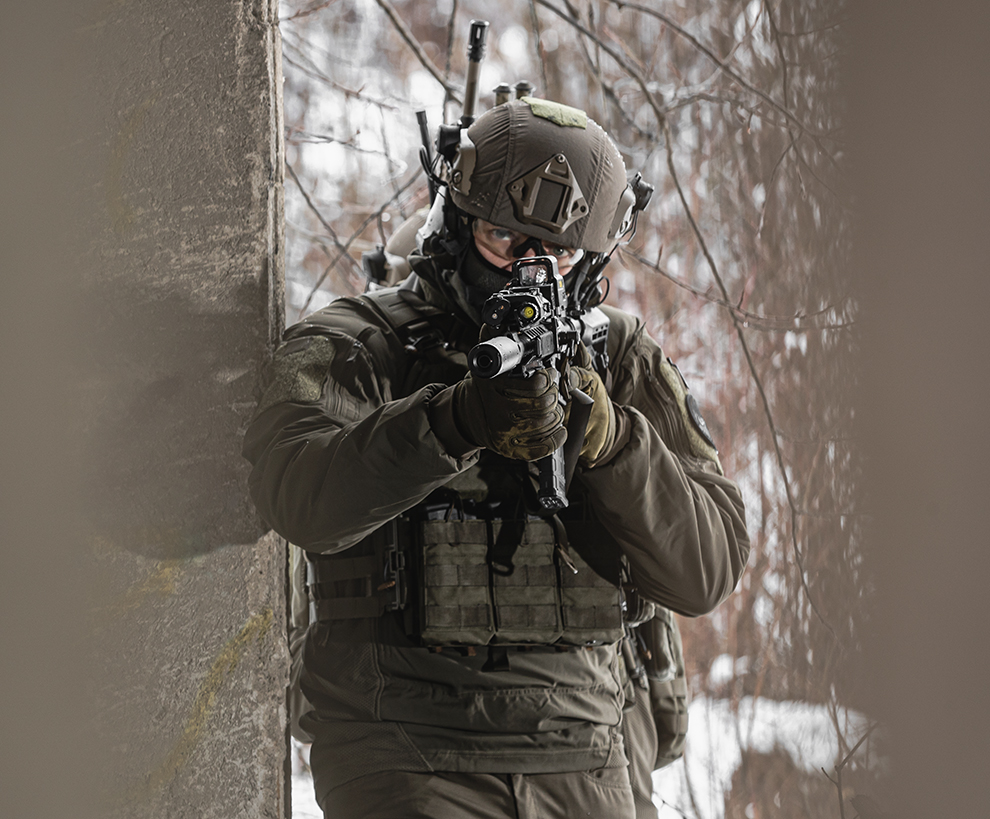
The Future of Tactical Shirts
If the past is any indicator of what to expect in the future, it's a safe bet that the evolution of tactical shirts will continue unabated. The industry shows no sign of letting up on innovation nor of abandoning its relentless push to test the boundaries of what is possible with tactical clothing.
Take materials, for instance. In them, you can expect to see significant advancements thanks to the evolution of textile technologies which will lead to new fabrics that are lighter, stronger, and more adaptable to various climates and conditions. These materials will offer improved durability and comfort. They will also serve to enhance the overall performance of tactical shirts.
In terms of design, the future promises even greater versatility and functionality. We can look forward to tactical shirts that are more tailored to the unique needs of different tactical scenarios. This could involve designs that cater to various climates, from extreme cold to intense heat, or designs that are specially suited for certain types of missions.
Another exciting frontier is technology integrated with tactical shirts. Such advancements could provide invaluable information and adaptive capabilities in the field, further enhancing the utility of tactical shirts.
In the future, the tactical shirt will not just be a piece of clothing, but a sophisticated tool that offers a range of functions and capabilities, a testament to human ingenuity and technological progress.
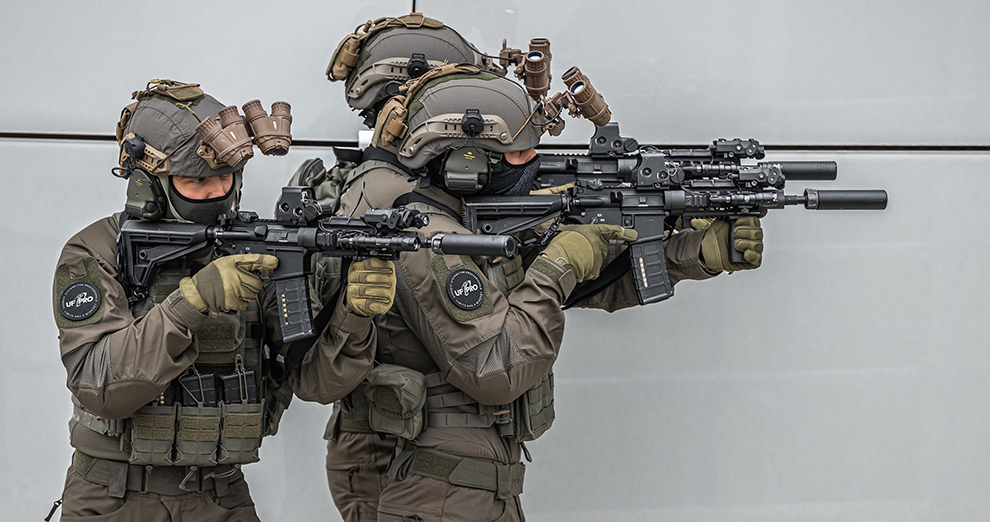
Conclusion
The evolution of tactical shirts is a journey marked by continuous innovation and improvement. From their humble beginnings in the 19th Century to the cutting-edge designs of today, tactical shirts have come a long way. They have transformed from simple military garments to versatile pieces of tactical clothing that combine comfort, functionality, and style.
As we look to the future, it's clear that the journey of tactical shirts is far from over. With the ongoing advancements in technology and materials, we can expect to see even more innovative and functional tactical shirts in the years to come.


